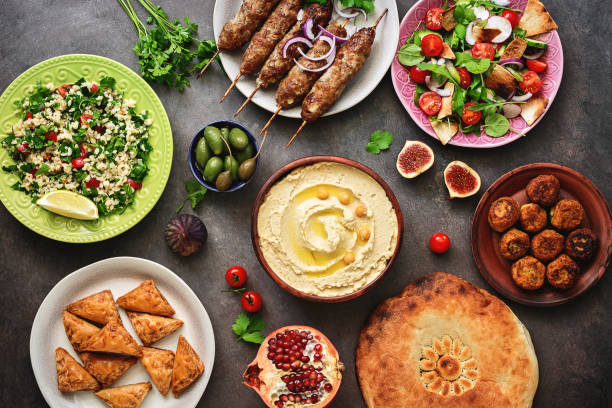The Intriguing World of Edible Insects: A Sustainable Culinary Adventure
In the quest to discover new food sources that are environmentally friendly, nutritionally rich and gastronomically thrilling, the world has turned its attention to a surprising candidate: edible insects. Often met with intrigue, apprehension, and sometimes repulsion, insects are slowly creeping into our culinary consciousness as a sustainable food source. Let's delve into this fascinating topic and discover how these tiny creatures are revolutionizing our food systems.

A Global Phenomenon
While the idea of consuming insects might seem novel or even bizarre to some, it is a well-established practice in many parts of the world. In fact, over two billion people globally consume insects on a regular basis. From crispy crickets in Thailand to juicy palm weevils in Africa, insects form an integral part of many traditional cuisines. They are revered not just for their distinctive flavors but also for their high nutritional value.
Nutritional Powerhouses
Insects are packed with protein, fiber, healthy fats, vitamins, and minerals. For instance, 100 grams of crickets can provide more than half of the recommended daily protein intake for an adult. Insects are also rich in essential amino acids and micronutrients like iron and zinc, making them a nutrient-dense food choice. In a world grappling with malnutrition and food insecurity, insects present a compelling solution.
The Environmental Footprint
Insects have a significantly lower environmental impact compared to traditional livestock. They require less land, water, and food to rear, and they emit far fewer greenhouse gases. The use of insects as feed for livestock and aquaculture is also being explored, offering a sustainable alternative to conventional feed options.
Culinary Creations
From insect-based snacks and protein bars to gourmet dishes, the culinary applications of insects are vast. Chefs around the world are experimenting with insects, creating innovative dishes that challenge our preconceived notions about food. Insects are not just being used as novelty ingredients but are being integrated into the culinary narrative in a meaningful way.
The Road Ahead
Despite the numerous benefits, the adoption of insects as a mainstream food source faces several challenges. There are regulatory hurdles, safety concerns, and most importantly, psychological barriers to overcome. However, with growing awareness about the environmental and health benefits of edible insects, the culinary world is set to experience a major shift.
- Insects are considered the food of the future.
- Many insects have a nutty flavor and crunchy texture.
- Insect farming is a growing industry, with potential for significant job creation.
- Insects can be cooked in a variety of ways, including roasting, frying, and baking.
In conclusion, edible insects represent a fascinating intersection of culinary innovation, sustainability, and nutrition. They challenge us to rethink our food choices and encourage us to embrace new culinary experiences. As we continue to explore the potential of these tiny creatures, one thing is certain: the world of edible insects is teeming with possibilities.






